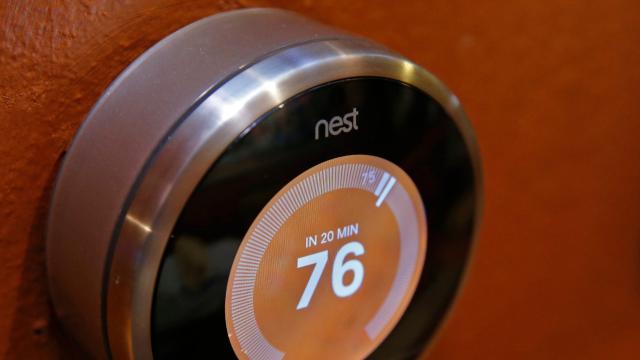Last month, The New York Times published a report detailing ways in which domestic abusers have weaponised smart home technology, exploiting devices such as internet-connected doorbells, speakers and thermostats to harass their partners.
This month, a research team at University College London published a resource list for victims of domestic abuse, specifically through the exploitation of the internet of things.
The list was put together by the university’s Gender and Internet of Things (G-IoT) team with help from the London Violence Against Women and Girls (VAWG) Consortium, Privacy International, and the PETRAS IoT Research Hub. The authors note that while the resource list was created this month, it will be regularly updated.
The six-page document lists a number of tools and organisations that are intended to both inform victims on the IoT landscape as well as how to deal with technology that someone might target them with.
Melissa Gregg, a research director at Intel, told The New York Times that men predominantly install smart home devices, signalling a potential gap in knowledge on how this technology works from the get-go.
But UCL’s resource list aims to combat any proficiency discrepancies, giving victims the information they need not only to understand how smart homes work, but to understand how they are vulnerable to bad actors.
Some of the resources listed include Technology Safety, a blog dedicated to “technology, privacy, and safety in the context of intimate partner violence, sexual assault, and violence against women”. It also includes DIY Cybersecurity for Domestic Violence, an online guide developed by grassroots organisation HACK*BLOSSOM which offers victims “accessible and empathetic” suggestions to regain autonomy over their digital privacy.
Another resource featured in the list is Access Now, a digital rights nonprofit with a 24/7 digital security hotline. In the New York Times report from June, people who work at abuse helplines reported an uptick in calls in the last year regarding the loss of control over their smart homes.
Internet-connected devices are oftentimes marketed as a cheap and easy way to wield more control over your home. But according to accounts from a number of victims, mostly women, these devices also help domestic abusers cheaply and easily establish power over their partners.
UCL’s resource list is a crucial toolkit for those aiming to reestablish freedom from abusive partners, and the material included proves that a major step toward that liberation is digital literacy and secure and trustworthy support online.
